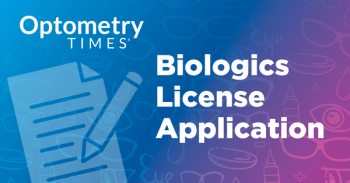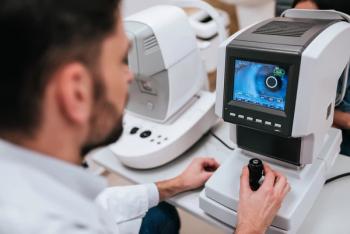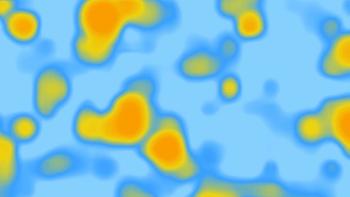
Stay ahead of open-angle glaucoma
Researchers reported that the preclinical detectable phase for OAG is about 10 years.
Swedish researchers have been looking for the earliest signs of open-angle glaucoma (OAG) that would prove beneficial to patients.
They reported that the preclinical detectable phase for OAG, defined as the mean time from which glaucoma can be detected by screening to its clinical diagnosis, is about 10 years, according to Johan Aspberg, MD, lead study author from the Department of Clinical Sciences in Malmö, Ophthalmology, Lund University, Jan Malmö, Sweden.1
Such screening is important, he explained, because a 50% reduction of glaucoma-related blindness was achieved in a population that was screened for OAG.
Aspberg and colleagues conducted population-based screening for OAG in 32,918 patients from 1992 to 1997. The medical records were reviewed retrospectively to determine the prevalence of new OAG cases at screening, the incidence of new cases after screening, and the clinical incidence of new glaucoma cases expected to be detected without screening, he described. A total of 2,029 patients (66.6% women) were included in the current study, and the investigators analyzed the data from March 2020 to October 2021.
They calculated the preclinical detectable phase for OAG using 2 methods: by dividing the prevalence of the screening-detected glaucoma with the clinical incidence and using a Markov chain Monte Carlo (MCMC) model simulation that simultaneously derived both the length of the mean preclinical detectable phase and the screening sensitivity.
A total of 1,420 patients (mean age at screening, 67.4 years) were screened.
Based on the 2 calculations, the investigators reported that the mean lengths of the preclinical detectable phase for OAG of the entire study population were 10.7 years (95% confidence interval, 8.7-13.0) by the prevalence/incidence method and 10.1 years (95% credible interval, 8.9-11.2) by the MCMC method.
The mean preclinical detectable phases for the 2 methods were similar “A mean preclinical detectable phase of 10 years found in the current study allows for screening with reasonably long intervals, e.g., 5 years,” the investigators commented.
Reference
1. Aspberg J, Heijl A, Bengtsson B. Estimating the length of the preclinical detectable phase for open-angle glaucoma. JAMA Ophthalmol. Published online November 23, 2022. doi:10.1001/jamaophthalmol.2022.5056
Newsletter
Want more insights like this? Subscribe to Optometry Times and get clinical pearls and practice tips delivered straight to your inbox.










































